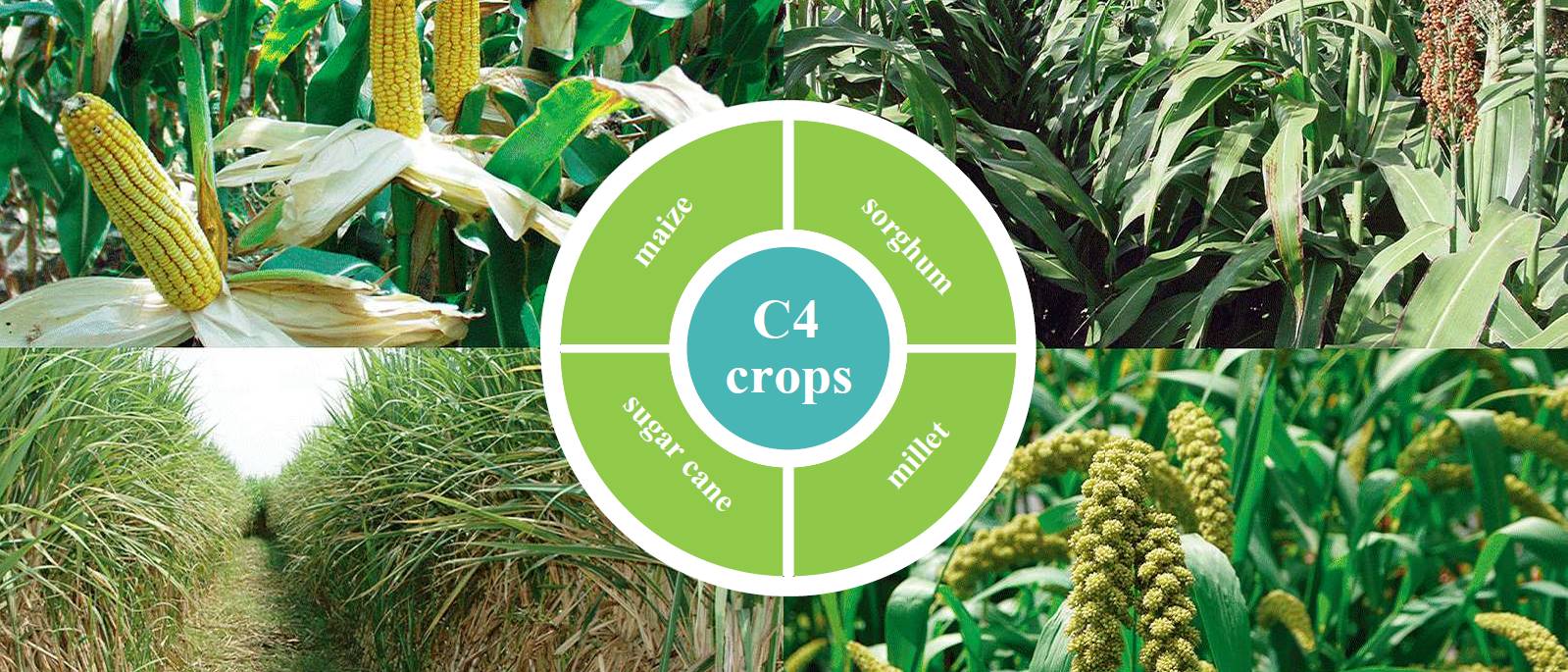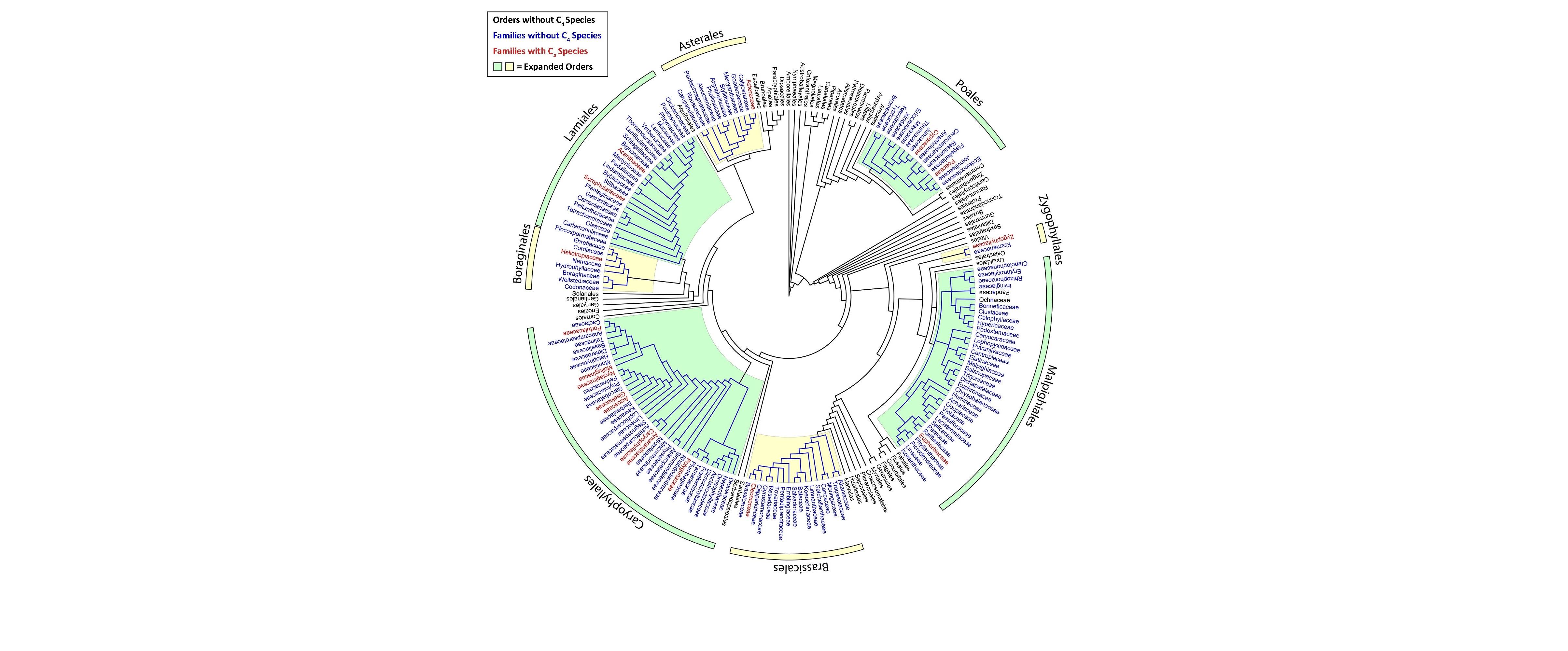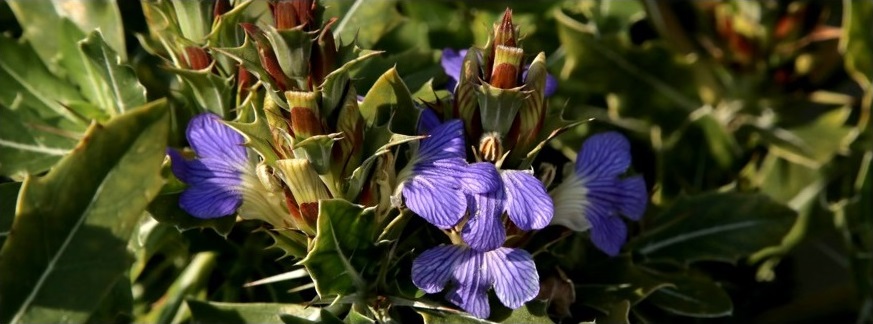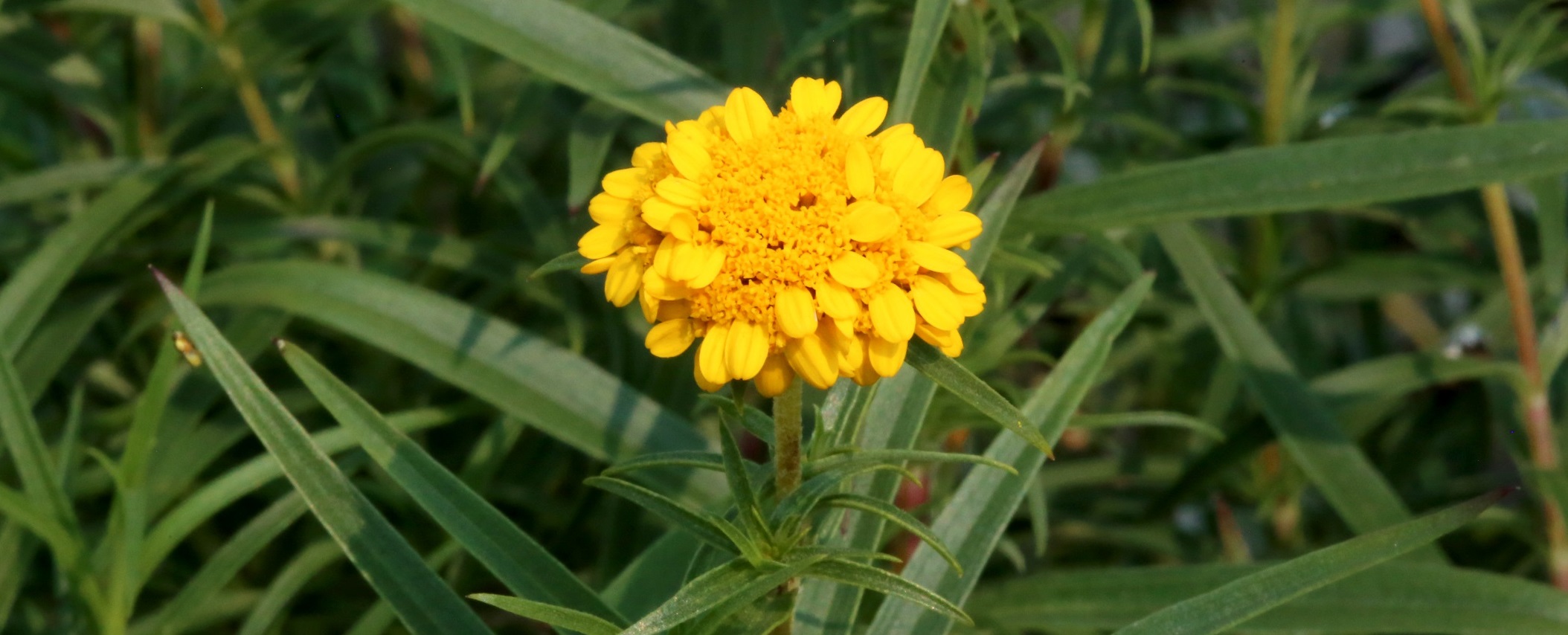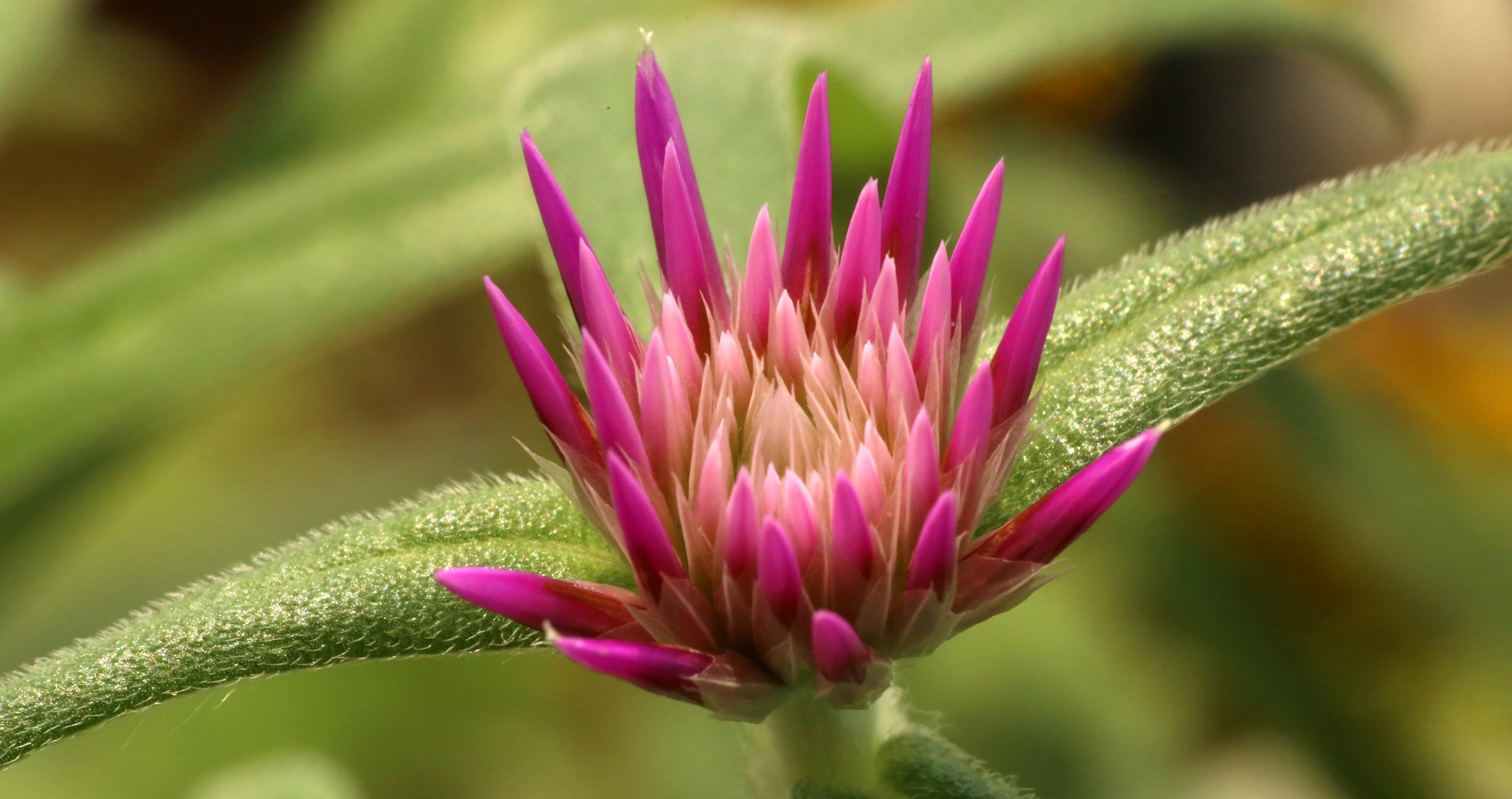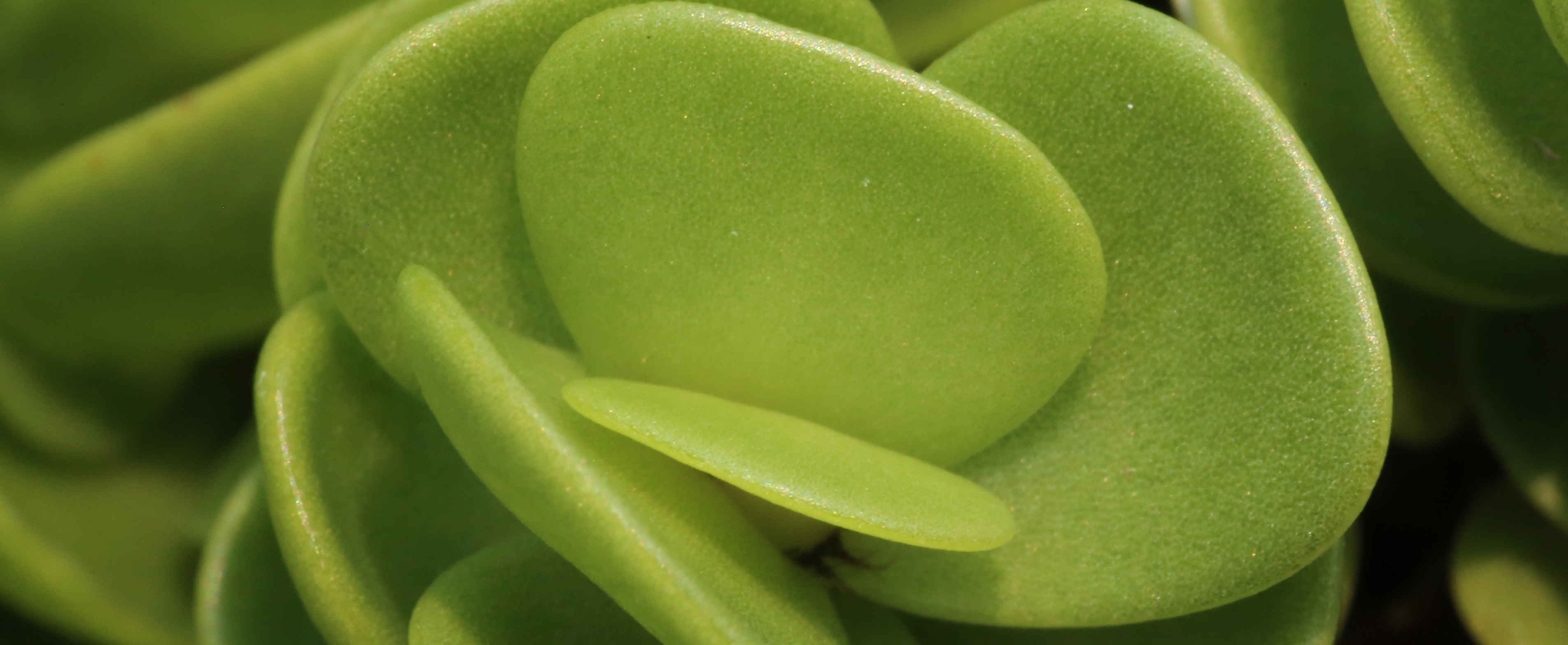C4 Photosynthesis
C4 photosynthesis is a complex solution to a fundamental limitation of photosynthesis. Despite its complexity it is one of the most convergent traits known, with at least 60 independent origins.
The RuBisCo Problem
As the entry point for virtually all carbon into the biosphere, Rubisco is essential for life on Earth. However, it has a major flaw, which Nature has solved with C4 photosynthesis.
What is C4 Photosynthesis?
The C4 pathway is a complex biochemical carbon pump, which operates across different cell types to elevate CO2 around Rubisco and enable highly efficient photosynthesis.
The Global Significance of C4 Plants
C4 plants account for 25% of global terrestrial primary productivity and define entire biomes. Many major human crops are C4 including top cereal crops and emerging biofuels.
Insight from Convergent Evolution
C4 photosynthesis has evolved independently over 60 times, making it one of the most convergent traits in the biosphere and providing a robust system for scientific discovery.
The C4 Evolutionary Model
A stepwise model of C4 evolution has been proposed. A simpler carbon pumping pathway known as C2 photosynthesis is an essential intermediate step in this model.
Major Questions in C4 Evolution
Many important evolutionary questions remain, including the fundamental question of how C4 metabolism becomes engaged and integrated with the Calvin cycle.
Photo Gallery
Orders without C4 Species
Families without C4 Species
Families with C4 Species
Our Projects
Evolutionary Questions
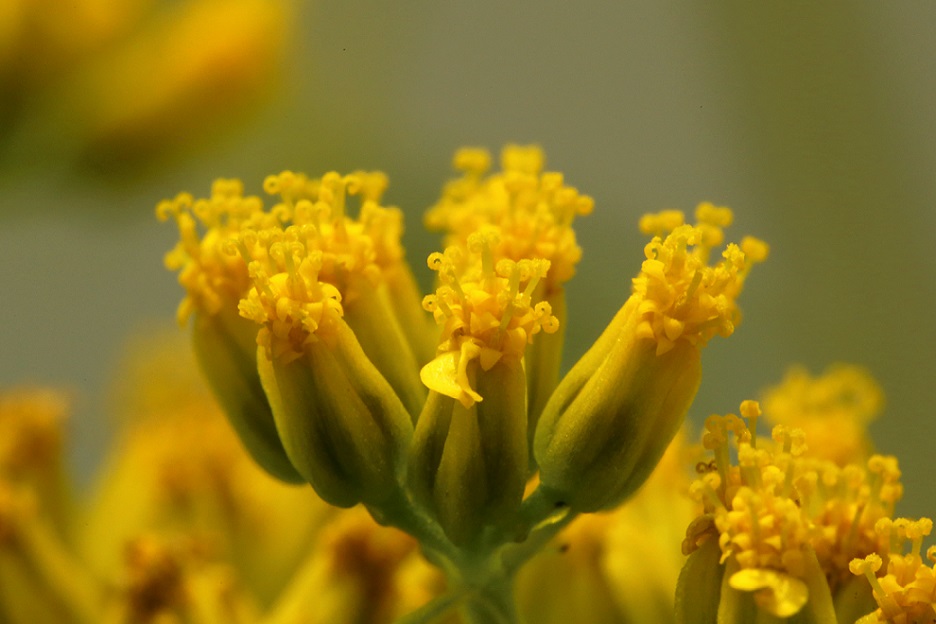
Engagement and Integration of the C4 Pathway
While many C3-C4 intermediate phenotypes have been characterized, we still do not understand how the evolutionary upregulation and integration of C4 metabolism occurs.
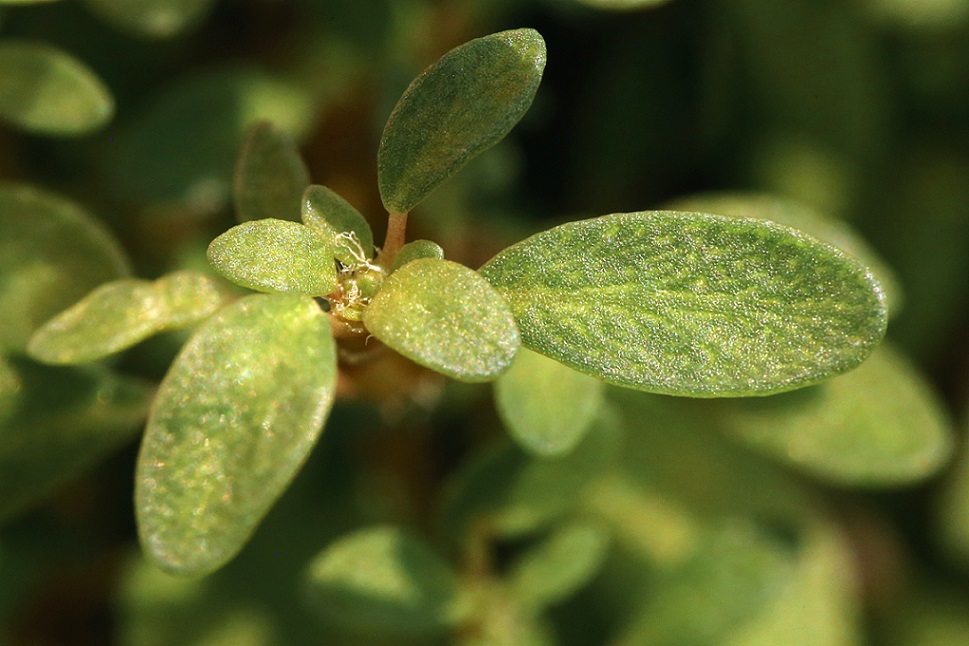
C4 Subtype Evolution
Three different biochemical subtypes of the C4 pathway are known, with unique energetic and anatomical requirements. How evolution selects between these is unknown.
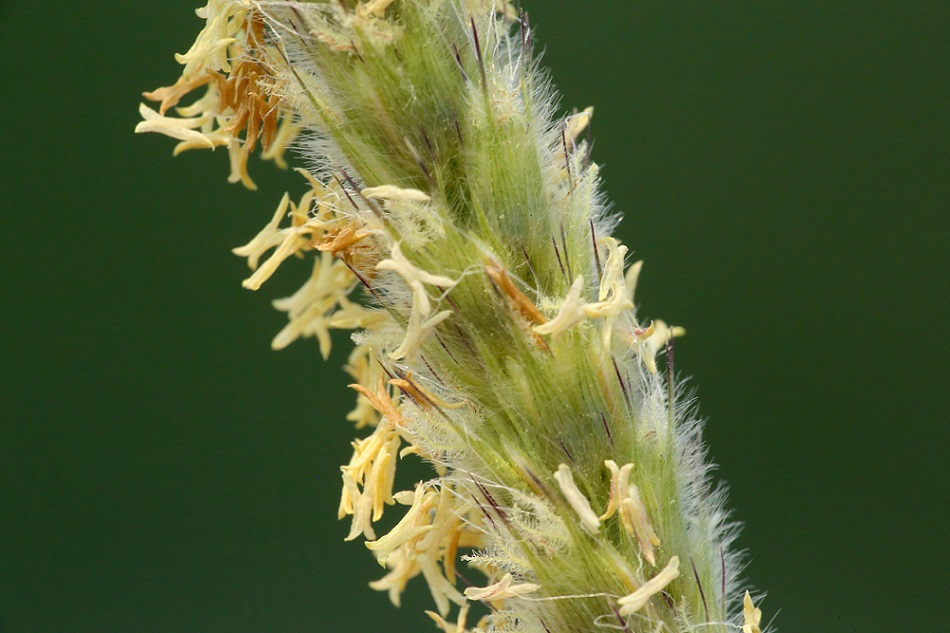
Hotspots of C4 Evolution
Two thirds of the known C4 branches of the Angiosperm phylogeny occur in three clusters. What features facilitated repeated evolution of C4 in these groups?
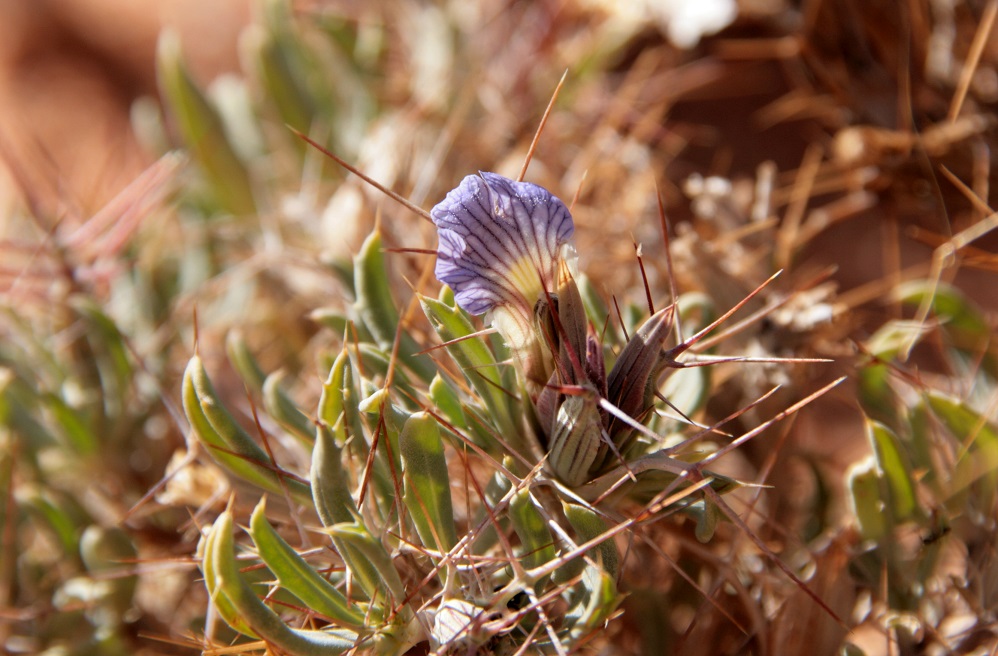
Ongoing C4 Evolution
What can we learn form C4-like and unoptimized C4 species, and species complexes which include C4 and non-C4 genotypes? Are these examples of C4 evolution in progress?
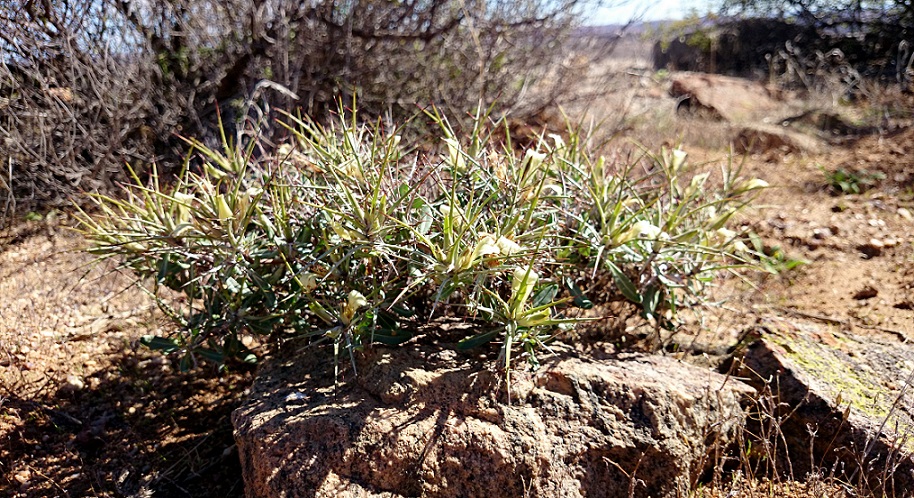
Adaptive introgression and C4 evolution
Hybridization and introgression occurs more readily in plants than in animals. To what extent has lateral gene transfer and other reticulate processes played a role in C4 evolution?
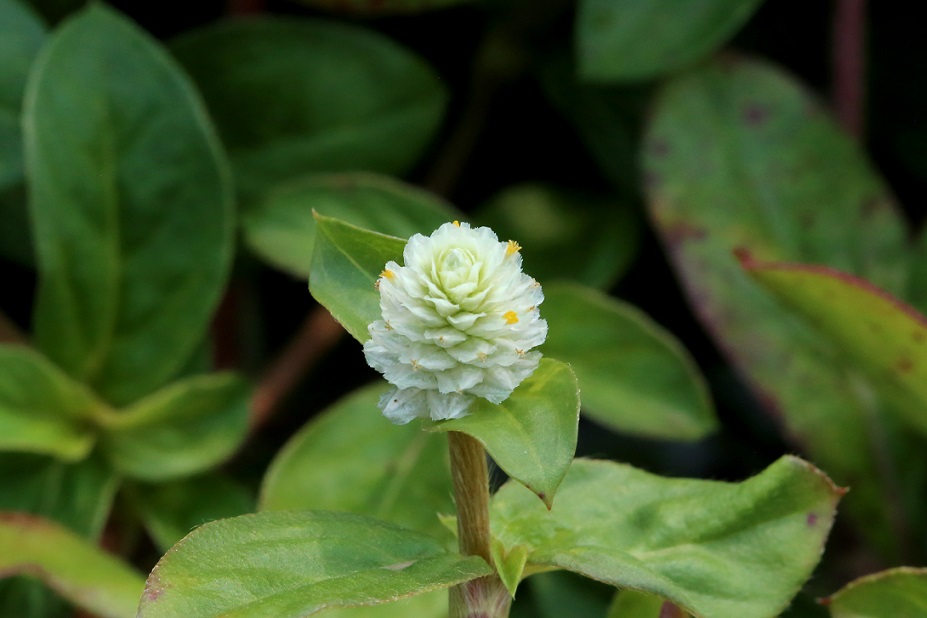
Is Reversion from C4 Possible?
No truly incontrovertible examples of reversion from C4 to C3 have been identified. Is reversion to C3 possible, or does C4 photosynthesis represent an evolutionary Rubicon?
The Scientific Roadmap
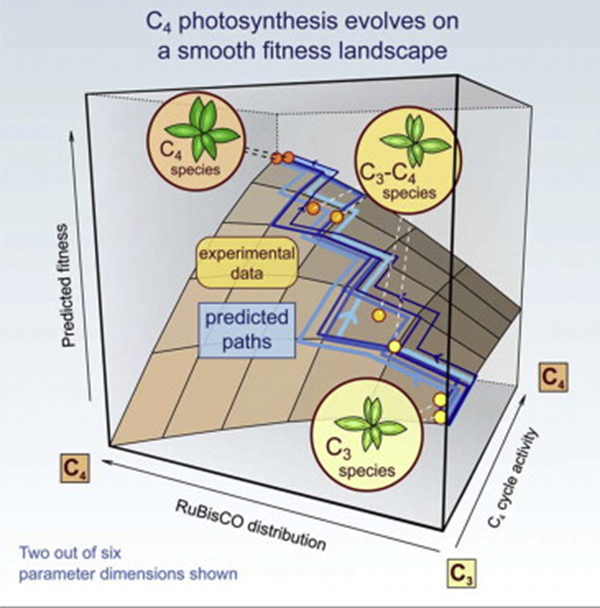
Aim One
Origin and Evolution
Unravel the evolutionary scenario on the origin and biodiversity of C4 plants, identify and catalogue the molecular evidences underlying this stepwise evolutionary process on the genetic transition from C3 towards C4 in anatomic differentiation, biochemistry integration, and genetic regulation.

Aim Two
Integration and Regulation
Exploit novel functional modules on how C4 integrated into C3 pathway via a system biology and multi-omic approach, build a complete genetic regulatory map on C4 function and regulation.
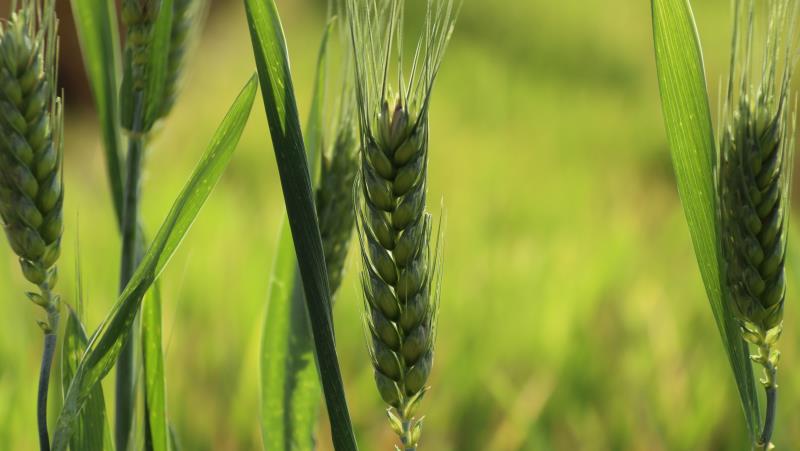
Aim Three
Engineering and Future Crops
Perform Experimental evolution, engineering C3 plant or C3-C4 intermediacy, test in C3 model for future superior crops. C4 plants are far superior compared with C3 plants in terms of carbon and water utilization efficiency, which can increase crop yields and environmental adaptation.
Technologies

Phylogenetics
If we can introduce the C4 photosynthesis pathway into C3 rice, it is expected to increase its yield by ~30%-50%, and greatly increase nitrogen and water use efficiency.
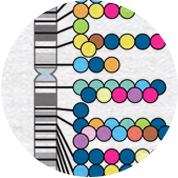
Population Genomics
Different genomic backgrounds for the species in phologenetics tree can be used to distangle the evolution pathways of C4.

Spatially Resolved Transcriptomics
Utilize single-cell high-throughput separation and library construction technology to realize refined and large-scale intracellular gene expression and regulation research.

ChIP-seq
ChIP-seq combines chromatin immunoprecipitation (ChIP) with massively parallel DNA sequencing to identify the binding sites of DNA-associated proteins.
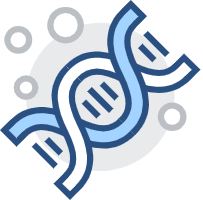
Epigenetics
The diversity of epigenetic pathways in plants is remarkable, presumably contributing to the phenotypic plasticity of plant postembryonic development and the ability to survive and reproduce in unpredictable environments.

Physiology & Phenotyping
Different kinds of phenotypes for various plants.
